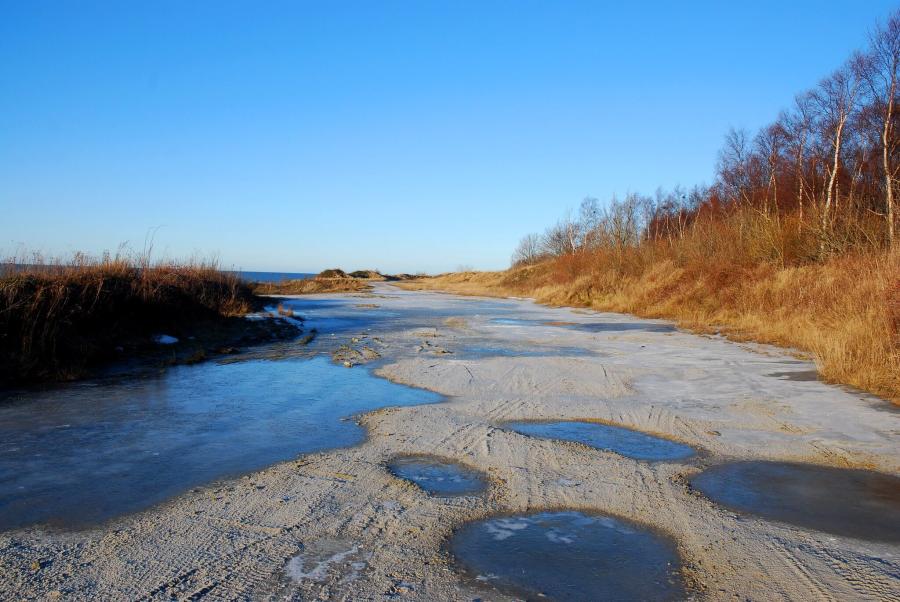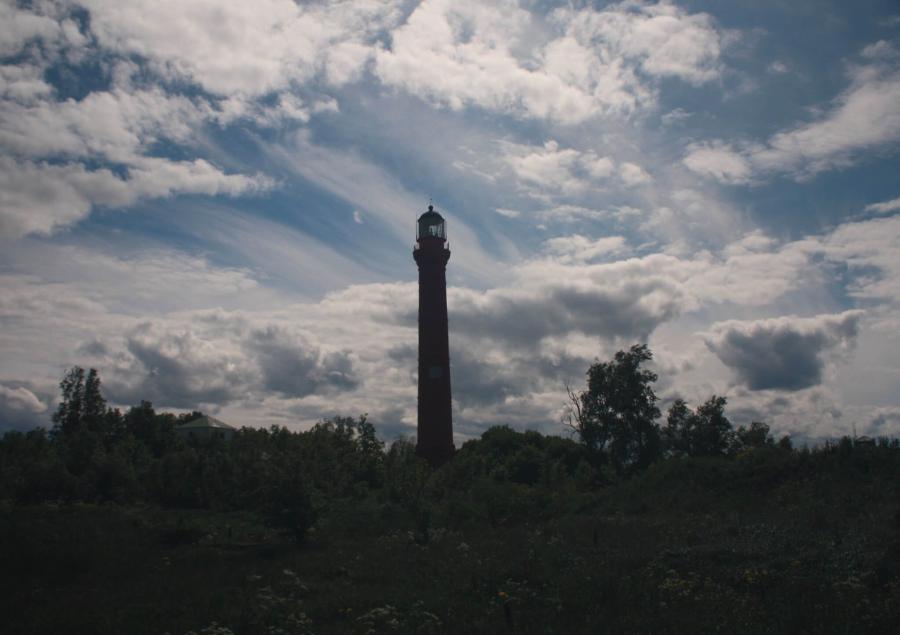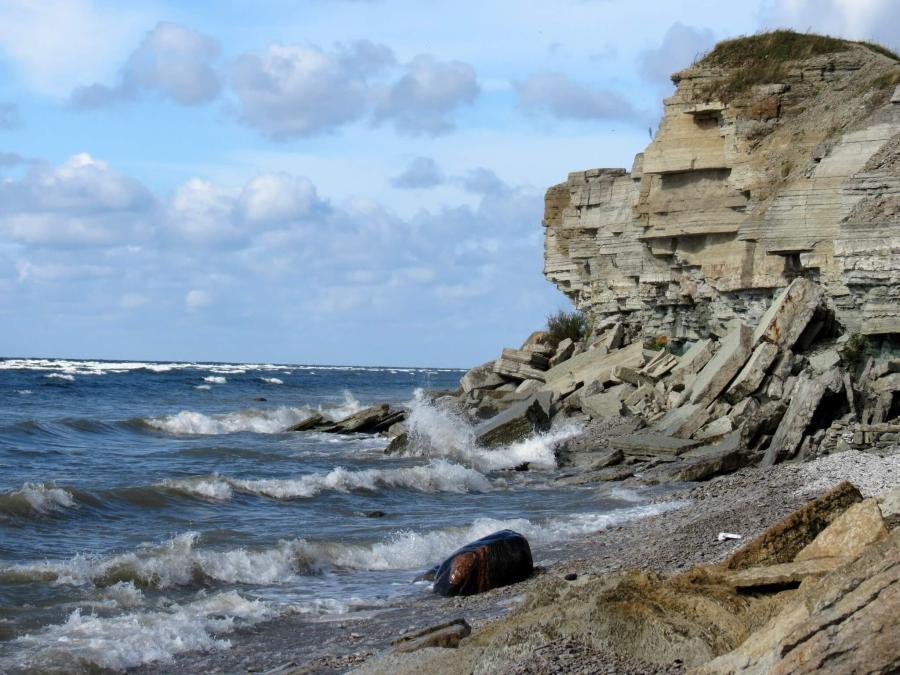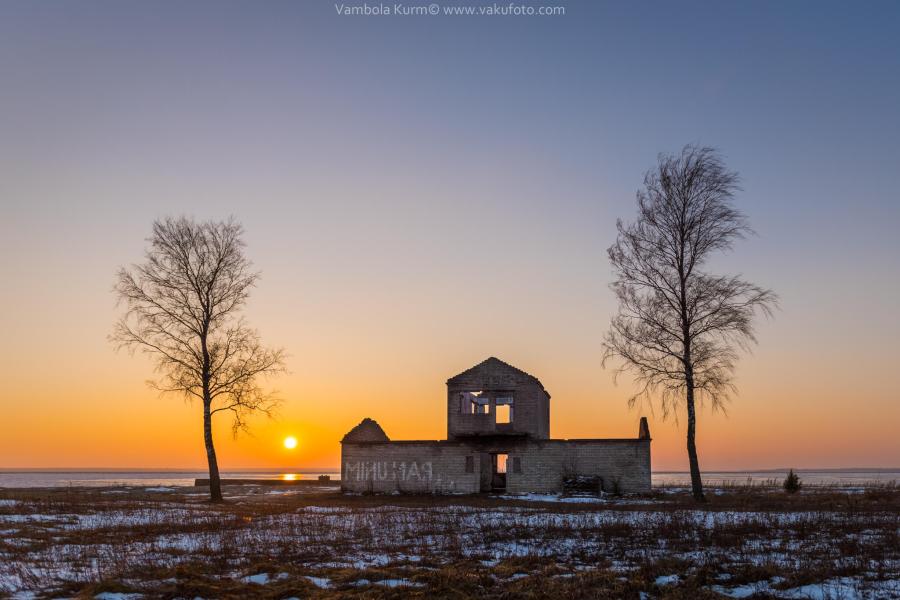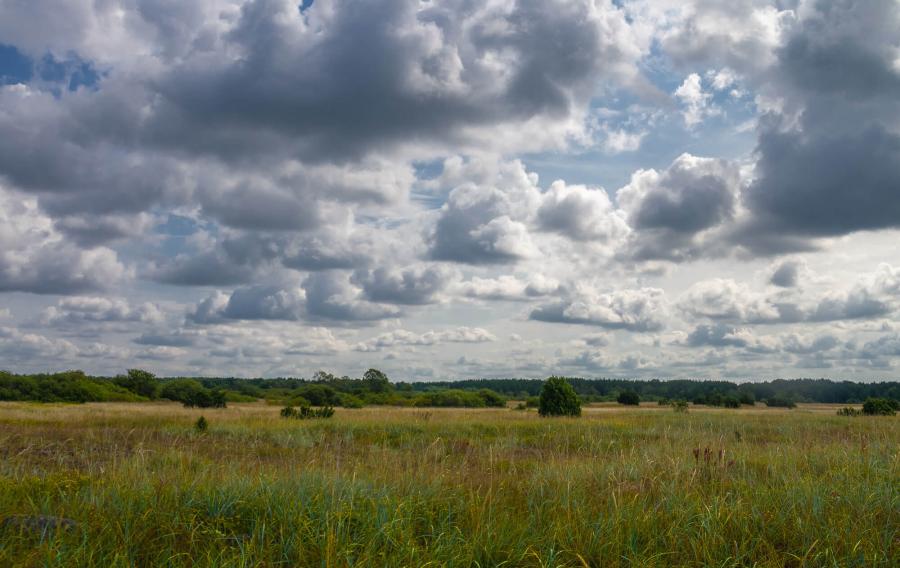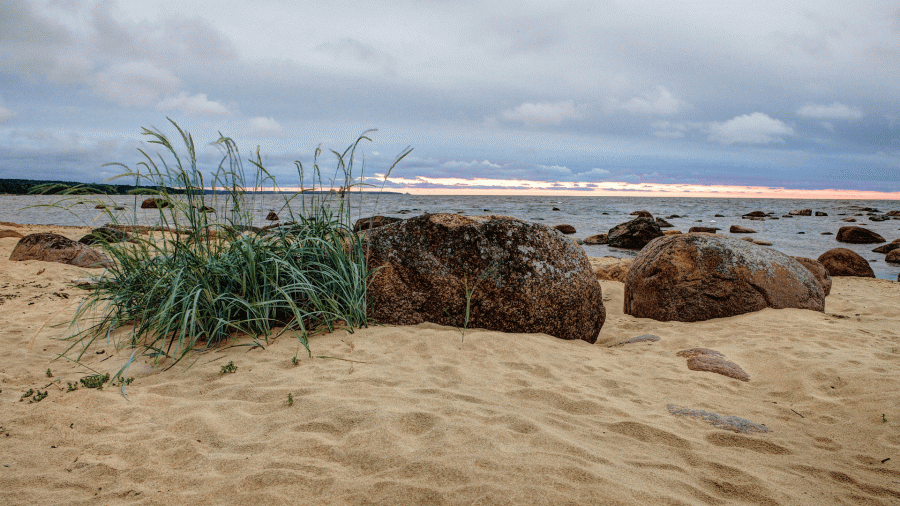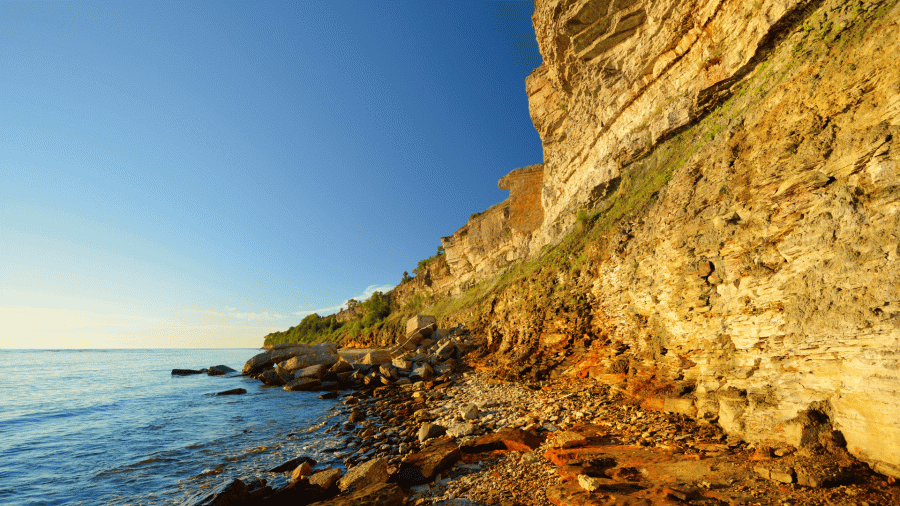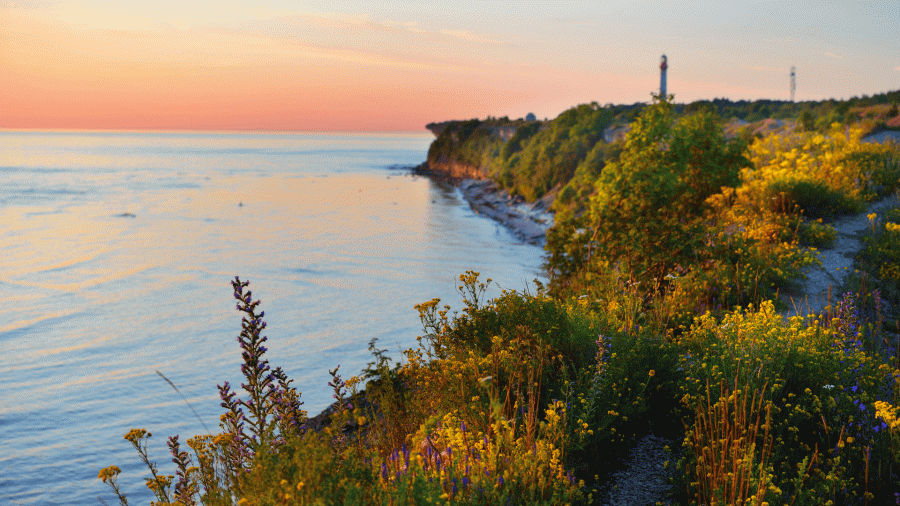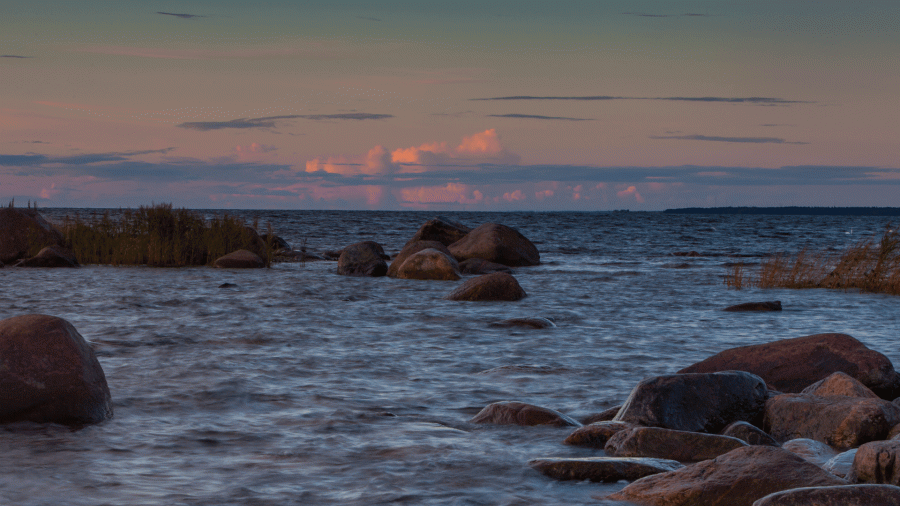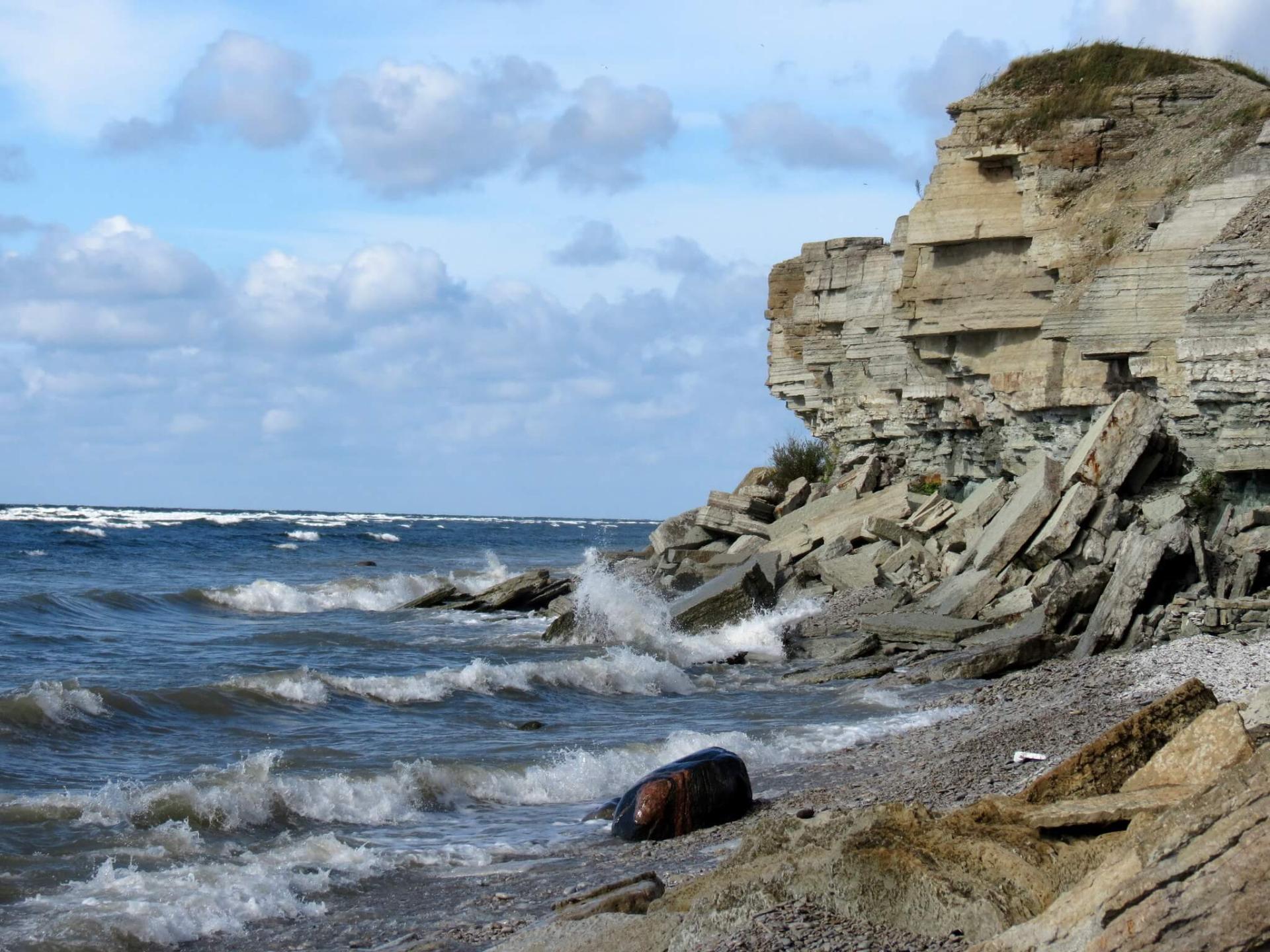
All About Paldiski
Paldiski makes for a rather interesting holiday destination in Estonia. Both as an entry point to the Baltic States and to get a feel of the country’s Soviet-dominated history. An important Russian naval base for the better half of the 20th century, Paldiski was off-limits to tourists and Estonians until 1994. Only when the last of the Russian troops left the city could Paldiski open up its borders and harbor to the world. Occupying a majority of the Pakri Peninsula, the town has an old-world allure that makes it a popular day-trip option from the capital Tallinn. Famous for its lighthouse and military ruins, Paldiski is a slowly developing city that continues to have a firm attachment with its recent past. Taking a ferry to Paldiski is easy, just use Ferryscanner to compare ferry companies and book ferry tickets.
Routes and Ferries to Paldiski
The DFDS Seaways ferry from Kapellskär to Paldiski offers a direct connection to the city from Sweden. Boats sail multiple times during the week with both morning and evening departures. This popular route has been operational since 2000. Ferry tickets for the 10-hour journey across the Baltic Sea are bookable via Ferryscanner.
In case you are searching for a diverse set of connections, look into arriving at Tallinn first. Ferries to Tallinn are available from multiple cities in Finland and Sweden. Else, fly into Tallinn Airport from several European capitals. Once in the city, it’s possible to self-drive, take the bus, or ride the train to Paldiski. The distance from Tallinn to Paldiski is roughly 50km, and it takes an hour to cover this trip.
Port of Paldiski
Paldiski North Port is a privately owned establishment used primarily as a commercial harbor. All sorts of cargo ships dock mostly in the South Harbor, whereas the DFDS ferry arrives at the northern pier.
Situated five minutes from the center of the city, the port area is an economic free zone. The harbor’s water depth ranges from 12.5 to 20 meters, thus accommodating various big and small vessels. There are limited amenities at the port for travellers with ferry tickets to Paldiski. However, restaurants and the Paldiski Maxima food and convenience store isn’t that far away.
Best Beaches
There aren’t any typical beaches in Paldiski. However, an array of pebble and sandy strips within a few kilometers provide beach lovers with good opportunities to sunbathe and splash around in the Baltic Sea.
Laoküla Rand
The closest beach to Paldiski lies just south of it in the adjoining village of Laoküla. Not the best place to swim, the atmospheric beach is excellent for a stroll, a walk with the dog, or to catch some rays. The ruins of an old coast guard station nearby give the site a bit of character. Having been featured in Alan Walker’s music video of the song Faded, Laoküla Rand now has somewhat of a permanent spot in music pop-culture.
Klooga Rand
Situated 15-minutes by train towards the east of Paldiski, Kolooga Rand is a cozy sandy stretch next to the train station of village Kloogaranna. Typically frequented by locals, its uncrowded natural disposition makes it a wonderful picnic spot. The water here remains shallow for a distance, resulting in Klooga being a favorite for families looking to spend the day in nature.
Laulasmaa Rand
A beautiful beach on the eastern side of Lahepere Bay, Laulasmaa is located 20-minutes away from Paldiski. There’s just enough on offer here to keep beachgoers occupied for half a day. The coast is sandy, with individual sections having pine forests in the background. Water sports equipment is available for rent from a hotel nearby. There is also the prospect of learning windsurfing from the surf school on the beach. A café in the vicinity sells basic hot and cold refreshments.
Lohusalu Rand
A short distance further east from Laulasmaa Rand is the more crowded and active Lohusalu Rand. Surfing possibilities, clean water, sandy shore, and an outdoor café makes it ideal for all ages. The beach is next to a gorgeous marina where one can spend hours sitting and watching sailboats come and go.
Suurupi Beach
Suurupi Beach is a hidden gem half an hour from Paldiski. It has a few different areas of interest, ranging from the ruins of an underground bunker that you can explore to a ‘secret location beach’ carved into a rock. While the beach itself doesn’t see many visitors, the nearby Upper and Lower lighthouses are a huge tourist attraction. The Lower Lighthouse, built-in 1859, is apparently the oldest working wooden lighthouse in Northern Europe.
Places to Visit
Paldiski has limited eating and staying choices, thus personifying the idea of a quaint sleepy town. Still, there are a few attractions in Paldiski to keep visitors busy for a couple of days, at least.
Pakri Lighthouse
A scenic 5km walk along the dramatic limestone cliffs of Paldiski will bring you the town’s most popular tourist location, Pakri Lighthouse. Standing at 52m, it is the tallest lighthouse in Estonia, erected in 1762. Weather permitting, you can get a €5 ticket to climb the spiral staircase that goes all the way to the top. The 360-degree views of the Gulf of Finland, distant wind farm, and Pakri Peninsula from both the base of the lighthouse and the top are truly phenomenal. If you are not willing to walk, driving or getting a taxi to Pakri Lighthouse is always easy.
Amandus Adamson Studio Museum
Stopping by at Estonian sculptor Amandus Adamson’s summertime studio is a lovely way to spend an hour while in Paldiski. The house is a beautiful reminder of local architecture, is well-maintained, and acts as an introduction to Adamson’s work. The inside is small and has limited paintings by the artist. Nevertheless, the nominal €3 entry fee and the presence of an English-speaking guide make the trip worth the time.
Tavern Peetri Toll
A visit to Tavern Peetri Toll is an excursion and culinary experience rolled into one. Housed inside an ancient house that was once a customs office, the tavern is the best restaurant in town, serving hearty homemade Russian preparations. The staff is very welcoming and speaks English. Guests at the restaurant get to indulge in local beer along with pelmeni (Russian dumplings with meat), buzenina (oven-baked pork), and solyanka (soup with meat). Afterward, visit the museum upstairs by paying an entry fee of €5. The museum has paintings and old weapons on display. The staff also organizes a special dinner and presentation about the region’s history upon prior request.
Muula Hills
Close to the ferry terminal are the ruins of what could have been an impressive fortress – if it were ever completed. Along with the building of the Paldiski port in 1715, Peter the Great ordered the creation of a massive fort overlooking the sea. In the late 1700s, still under construction, it had five bastions and 40 cannons. Today, all that remains are its walls. Known locally as Muula Hills, it is worth taking a detour to the ruins while hiking in the region. You can take a drive and park near to the bastions. Also, don’t forget to take a frisbee, since there is a disc golf course in the area.
Paldiski Railway Station
Even if it is by ferry and car that you are traveling to and around Paldiski, stop by the local railway station to admire its architecture. Constructed in 1870, it showcases classic, pre-Soviet Baltic design, meticulously restored recently. Since Paldiski is short on restaurants, the café inside the station is nice enough to grab a quick bite and some hot coffee.
Transportation Around Paldiski
Paldiski is small and can be explored comfortably on foot. While an excellent holiday spot for people interested in hiking, the quietude of the surroundings attracts limited tourists, resulting in fewer local transportation options.
If traveling a bigger distance, book a taxi through your hotel. Renting a four-wheel-drive car for the entirety of your vacation is a good idea. However, you’ll get a better choice of models and prices when booking the vehicle from one of the agencies in nearby Tallinn.
